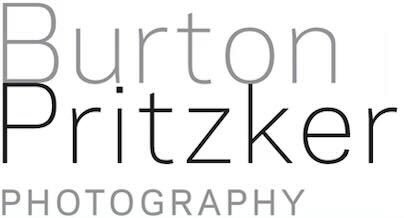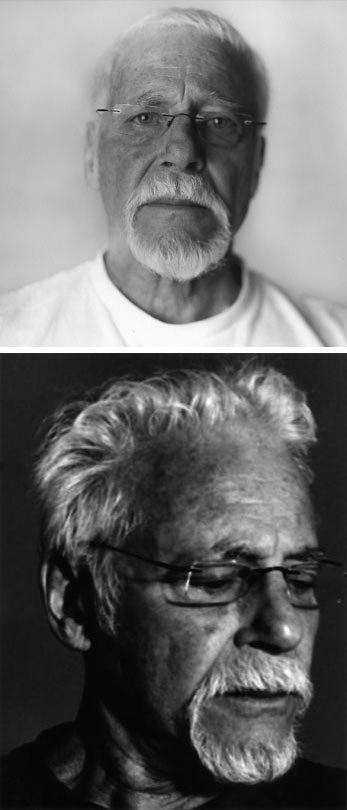BIOGRAPHY
In the late sixties I was working two jobs as an architect in San Francisco. Twelve-hour work days in a city that was the center of those radical tumultuous times. I lived a few blocks from Haight-Ashbury and my landlord and neighbor was the road manager for Country Joe and the Fish and later Bill Graham's assistant. Which meant lots of free passes to the Fillmore.
In contrast, a friend lived in the mountains just east of Santa Cruz and I spent every weekend that I could visiting him. He had been working on a masters degree at Berkeley until an artist friend encouraged him to follow his desire to pursue art. So he dropped out and moved to an isolated cabin. His life was very simple. He would gather giant hunks of redwood from the surrounding forest and carve them into beautiful mythical birds. He grew a long beard and wore a loin cloth, cooked simple vegetarian meals and at night he would read and draw. When he needed money he would do odd jobs for the carpenter down the road.
I admired his life tremendously because there was a devotional quality to it. Mine was so totally different. I wasn't happy but didn't know why. One day when I was visiting him I picked up a pad and pencil for some unknown reason and started drawing. Later I started experimenting with my father's old camera. In the same way his friend encouraged him, my artist friend encouraged me to draw, sculpt, do photography, as well as go deeper into architecture. I haven't been the same since.
In the beginning I investigated all these disciplines as a means to delve into myself further. I was looking for something and art felt like the path to find it. After a short period of time I quit my two jobs and moved to the Redwood country of Northern California to begin my quest in earnest. No longer was architecture just a job or a career. It became an art form to me. I started a small private practice in hopes of carrying out my vision. Little did I know how difficult it would be.
I found inspiration in Katsura, the 17th century royal palace in Kyoto, Japan; the rock gardens in Zen Buddhist temples; Rembrandt's paintings; Goya's drawings; the sculpture of Leonard Baskin; the architecture of Barragan and Scarpa; the photography of Ralph Eugene Meatyard and the late work of photographer Wyn Bullock. I also immersed myself in music. Everything from the Doors to Eric Dolphy and John Coltrane to Bartok and Beethoven. I was like a sponge, soaking up everything, looking for something. That is, until Pathfinder #14. Well, it wasn't titled that at the time. It was just a photograph that came up in my developer very late one night as a record of part of a house, a staircase, I had designed and built for a client. I knew what I was striving for in the design of the house, which was an experience of light. But here it was, taken even further, in the photograph. Suddenly, it became clear - that photography was THE path to investigate light. That realization gave me an incredible sense of freedom. Drawing, sculpture and architecture hadn't done that because photography, to me, was ONLY about light. Light seemed to be my motivator. This became a major turning point in my life. The thought of becoming a full time artist scared me and liberated me at the same time. Here was the perfect opportunity to devote myself full time to an art form.
Since that day, I've been exploring with the camera, which I see as a key to a lock in a door, not as a tool to record the physical world.

